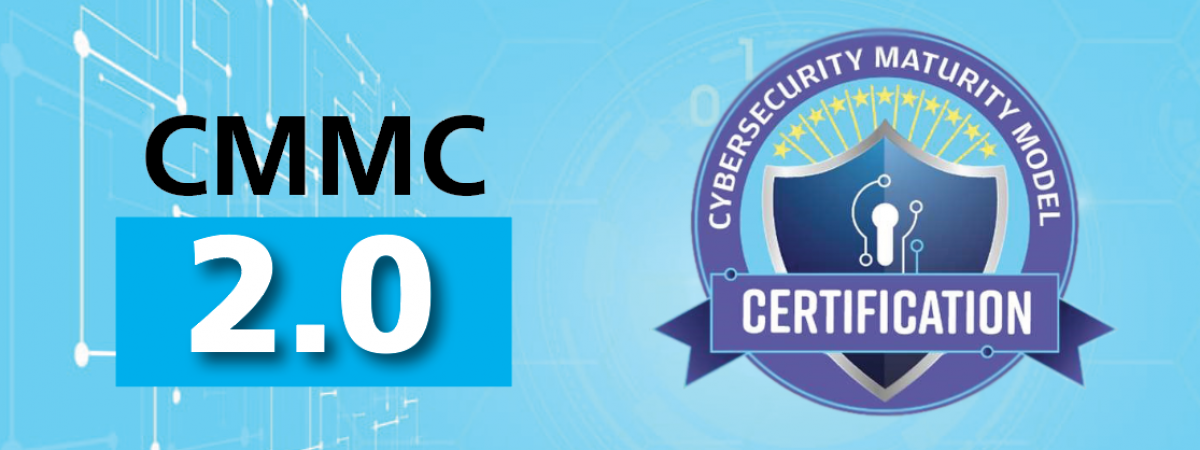CMMC Starter Guide for Aerospace and Defense Suppliers
If you're working with Department of Defense (DoW) contracts, you've likely heard about CMMC 2.0. The Cybersecurity Maturity Model Certification is now mandatory for aerospace and defense suppliers handling Controlled Unclassified Information (CUI). With enforcement rolling out through 2025 and beyond, understanding CMMC requirements isn't optional—it's essential for keeping your contracts and staying competitive.
What is CMMC and Why It Matters
CMMC is a unified cybersecurity standard designed to protect sensitive defense information across the supply chain. Unlike previous self-attestation approaches, CMMC 2.0 requires third-party assessments and formal certifications depending on your level.
There are two primary levels:
- **Level 1:** Basic cyber hygiene practices for Federal Contract Information (FCI)
- **Level 2:** Advanced security controls for Controlled Unclassified Information (CUI)
Most aerospace manufacturers working directly with prime contractors or handling technical drawings, specifications, and engineering data will need Level 2 certification. This involves implementing 110 security controls covering everything from access management to incident response.
The Timeline and Business Impact
CMMC certifications aren't quick. The assessment process can take months, and many prime contractors are already requiring CMMC readiness scores before issuing new work orders.
Starting November 2025, new DoW contracts began including CMMC requirements. By 2026, enforcement will expand across existing contracts. If you're not preparing now, you risk losing access to defense work—or worse, being dropped from approved supplier lists.
The cost of non-compliance goes beyond lost contracts. Without proper cybersecurity controls, a single data breach could expose your shop to legal liability, damaged relationships with primes, and permanent disqualification from defense manufacturing.
Getting Started: Your Readiness Checklist
Begin by conducting a gap analysis against NIST SP 800-171 requirements, which form the foundation of CMMC Level 2. Identify where your current systems fall short in areas like:
- User access controls and authentication
- System and data encryption
- Audit logging and monitoring
- Incident response procedures
- Personnel security and training
Next, evaluate your software systems. Cloud-based tools like ERP and quality management systems must meet FedRAMP standards when storing or processing CUI. Ask your vendors about their compliance roadmap and certifications.
Document everything. CMMC assessments require evidence of implementation—policies, procedures, training records, and system configurations. Your quality management processes should already emphasize traceability and documentation, which translates well to CMMC requirements.
Finally, consider working with a Certified CMMC Professional (CCP) or Registered Practitioner Organization (RPO) to guide your implementation. They can help interpret requirements specific to manufacturing operations and prepare you for the formal assessment.
The Path Forward
CMMC compliance positions your shop for long-term success in aerospace and defense manufacturing. While the initial investment in cybersecurity infrastructure and processes may seem daunting, it protects your business, strengthens customer relationships, and opens doors to higher-value contracts.
Start your compliance journey now by understanding the requirements, assessing your current state, and building a realistic implementation timeline. The shops that move quickly will have a competitive advantage as CMMC becomes the new baseline for defense supply chain participation.
Want to eliminate errors in your AS9102 FAIRs while maintaining compliance across your quality processes? [Try GroundControl](https://www.gndctl.com) to streamline inspection reports and documentation for aerospace manufacturing.

